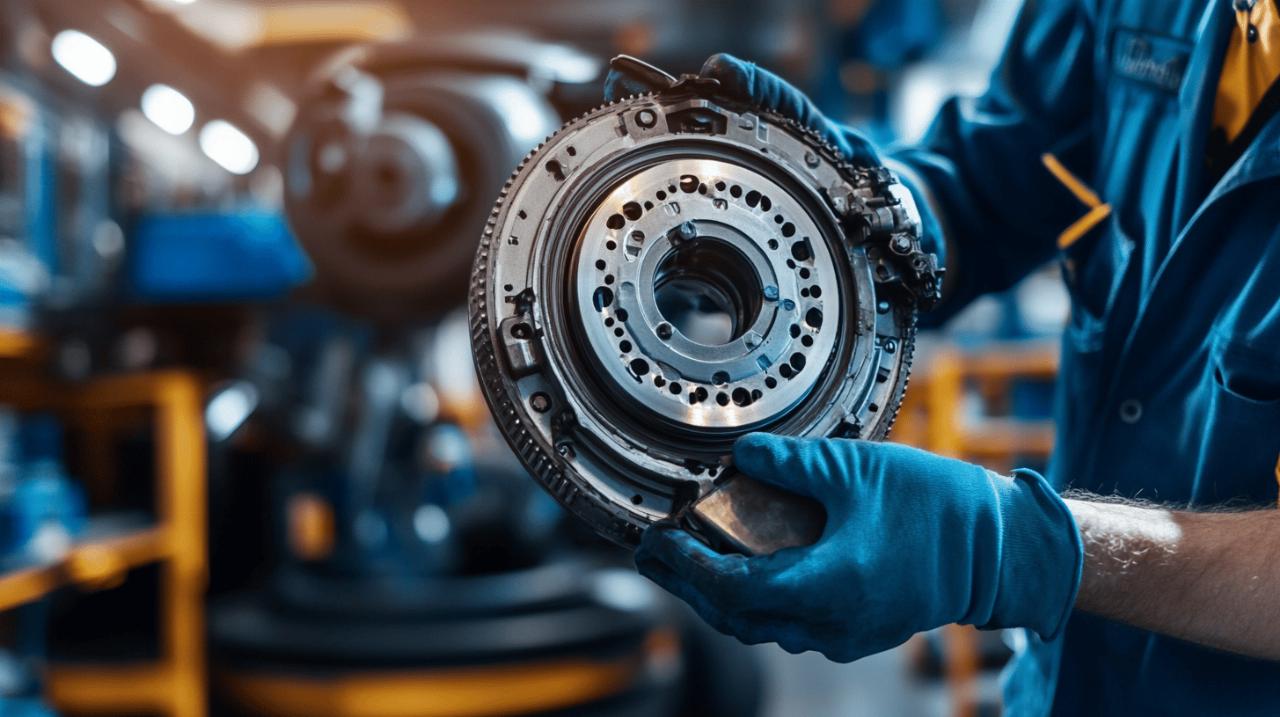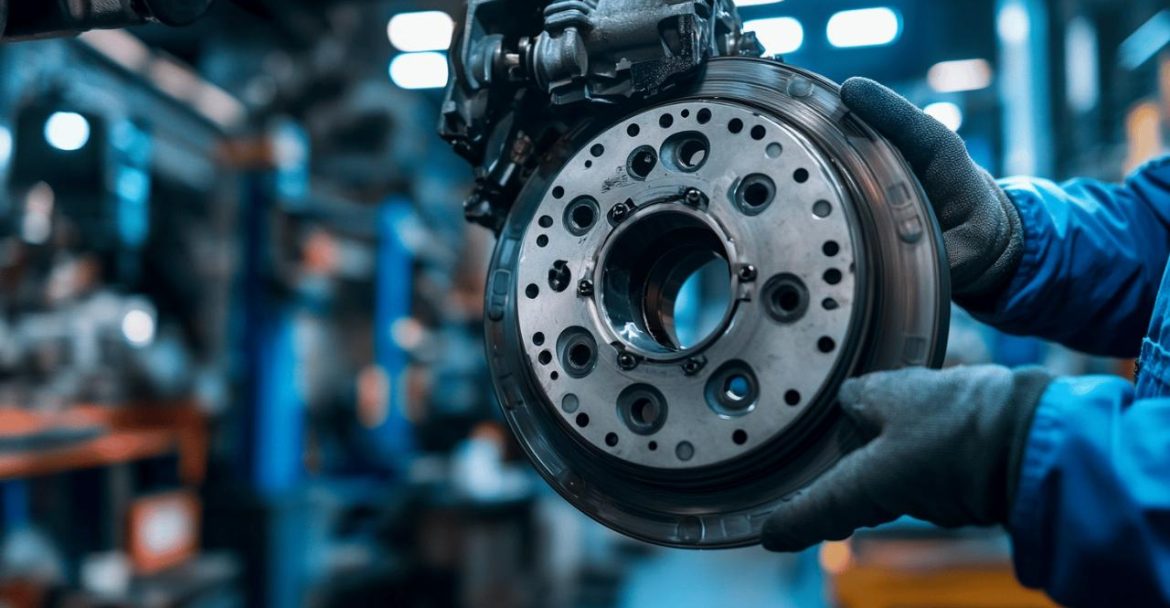The clutch is a crucial component in any manual transmission vehicle, serving as the vital link between your engine and wheels. Over time, wear and tear on this component is inevitable, but recognising the early warning signs can save you from costly repairs and roadside breakdowns. This guide will help you identify the tell-tale indicators that your clutch may be failing, allowing you to address issues before they become serious problems.
Understanding clutch performance issues
The clutch system in your vehicle consists of several key components working together to ensure smooth gear transitions. According to autoregional24.de and other automotive experts, understanding how these components interact can help you better recognize when something isn’t functioning correctly. Most manual cars feature a single plate friction clutch system with components including the flywheel, pressure plate, friction plate, release bearing, and hydraulic cylinders that transfer your pedal movement into mechanical action.
Recognising clutch slippage during acceleration
One of the most common and noticeable signs of clutch wear is slippage. This occurs when the clutch can no longer effectively transfer power from the engine to the transmission. You’ll notice this primarily when accelerating or driving uphill – the engine revs increase dramatically, but the vehicle doesn’t gain speed proportionally. This happens because the worn friction material on the clutch plate cannot grip the flywheel properly. If ignored, a slipping clutch can eventually damage the flywheel, potentially doubling your repair costs from what might have been a standard clutch replacement.
Identifying clutch judder and vibration problems
When you experience shaking or vibrating sensations as you engage the clutch, this is known as clutch judder. This uncomfortable phenomenon typically indicates uneven wear on the clutch plate or potential issues with the pressure plate. In some cases, particularly with diesel vehicles, rattling or juddering might be related to a faulty Dual Mass Flywheel (DMF). These vibrations are most noticeable when starting from a complete stop or during slow-speed manoeuvres. Addressing these issues promptly can prevent further damage to the transmission system.
Difficulty with gear engagement
As your clutch begins to wear, you may notice increasing difficulty engaging gears. This symptom is particularly frustrating in daily driving situations and represents a clear indication that your clutch system requires attention. The resistance you feel when attempting to shift is often related to the clutch not fully disengaging from the engine when you press the pedal, leaving some power transfer that interferes with smooth gear selection.

Troubleshooting problematic gear shifts
When gears become increasingly difficult to engage, especially first gear and reverse, this signals significant clutch wear. You might experience crunching sounds when shifting or find yourself unable to engage certain gears altogether. These problems can stem from issues with the clutch plate, pressure plate, or the hydraulic system that operates the clutch. In vehicles with hydraulic clutch systems, air in the lines or failing master cylinders can create similar symptoms. Repair costs for hydraulic clutch systems typically range between £400 and £500, including replacement of related components.
Diagnosing a High Biting Point in Your Clutch
The clutch’s biting point refers to the position in the pedal’s travel where the clutch begins to engage. When a clutch is healthy, this point occurs relatively early in the pedal’s release. As the clutch wears, this biting point rises, meaning you need to release the pedal further before engagement occurs. If you find yourself almost completely releasing the clutch pedal before the car begins to move, this indicates significant wear to the friction material. This higher biting point means less effective power transfer and puts additional strain on the remaining clutch components.
Sensory warning signs of clutch failure
Beyond the mechanical feelings of clutch wear, your senses can pick up important clues about clutch health. These sensory warnings often appear in the later stages of clutch deterioration and should prompt immediate attention to avoid being stranded with a completely failed clutch. Experts suggest that while clutches can last up to 80,000 miles, actual lifespan varies significantly based on driving habits and conditions.
Detecting burning odours from overheated clutch materials
A distinct acrid smell, particularly after heavy clutch use, suggests overheating of the clutch friction materials. This burning odour indicates excessive slipping and friction, which generates heat that damages the clutch components. The smell is quite distinctive and unpleasant, somewhat similar to burning paper or electrical components. This symptom often appears during demanding driving conditions such as hill starts or stop-and-go traffic. If you detect this smell, it’s advisable to have your clutch system inspected promptly, as continued operation could lead to complete clutch failure.
Interpreting unusual sounds when operating the clutch pedal
Your ears can provide early warning of clutch problems through various distinctive sounds. A whining or scraping noise when pressing the clutch pedal typically indicates a failing throwout bearing. This component allows the pressure plate to disengage from the clutch disc when you press the pedal. Replacement costs for this bearing range from £300 to £600, though mechanics typically recommend replacing the entire clutch assembly at the same time. Grinding noises while shifting, even with the clutch fully depressed, suggest the clutch is not fully disengaging. Squealing sounds might indicate issues with the pilot bearing or release bearing. These auditory warnings should never be ignored, as they typically worsen over time and can lead to more serious transmission damage.

